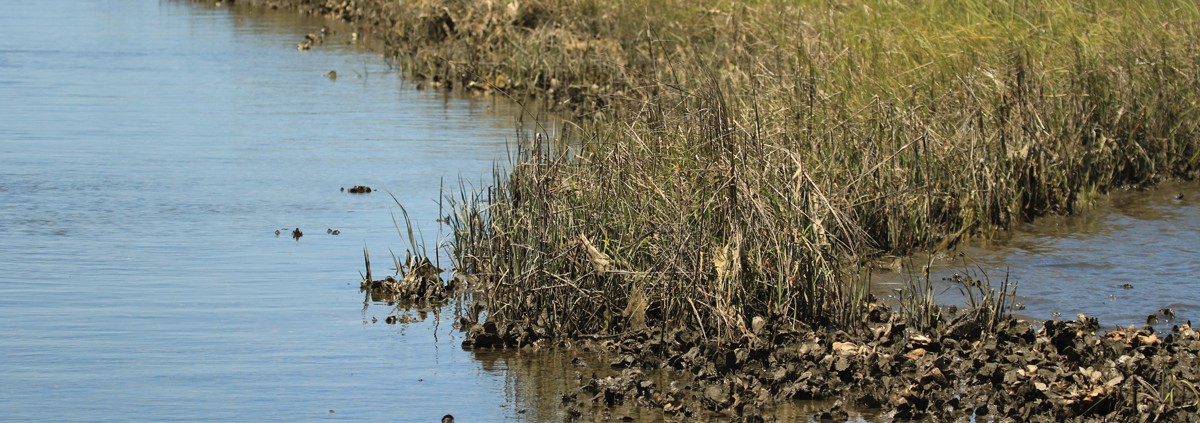Water Quality
In order to safely harvest shellfish from our coastal waters, the waters must be clean and free from unsafe bacteria loads. The Shellfish Sanitation and Recreational Water Quality Section of N.C. Division of Marine Fisheries monitors the health of the waters for public safety. The section issues closures based on bacterial levels observed in their monitoring program.
After heavy rainfall events, large areas of the coast are temporarily closed due to increase volume of bacteria reaching the shellfish waters. These temporary closures can last for weeks until satisfactory water quality returns.
Volume versus Pollution Control
What causes closures?
- Hardened landscapes resulting in high bacterial loads
- Hardened landscapes of developed areas in our coastal watersheds have increased the flows of stormwater runoff to our sounds, increasing the delivery of bacteria such as E.coli and Enterococcus spp.
What can be done?
- The federal government works with state agencies, local governments and non-governmental organizations to develop strategies to reduce the volume of surface runoff to levels that would be naturally occurring. Strategies include developing:
- Total Maximum Daily Loads (TMDLs)- determines how many pollutants need reducing
- Watershed Restoration Plans- work to control the volume of surface runoff to naturally occurring levels.
Recently, the North Carolina Coastal Federation has published a free guidebook to provide clear and detailed guidance for the development of a watershed management plan that aims to replicate the pre-impairment surface water hydrology and thereby improves coastal water quality. The North Carolina Coastal Federation has also published a Low Impact Development (LID) guidebook to assist local governments, home and business owners decrease the runoff in their immediate areas.
Watershed Restoration Improvement
Since 2010, seven coastal watershed restoration plans have been developed; all of which include an implementation plan and volume reduction goals to protect shellfishing waters.
- Lockwood Folly River
- Hewletts Creek
- Bradley Creek
- Lower White Oak River
- Mattamuskeet Watershed Drainage Association
- Town of Beaufort
- Town of Swansboro


